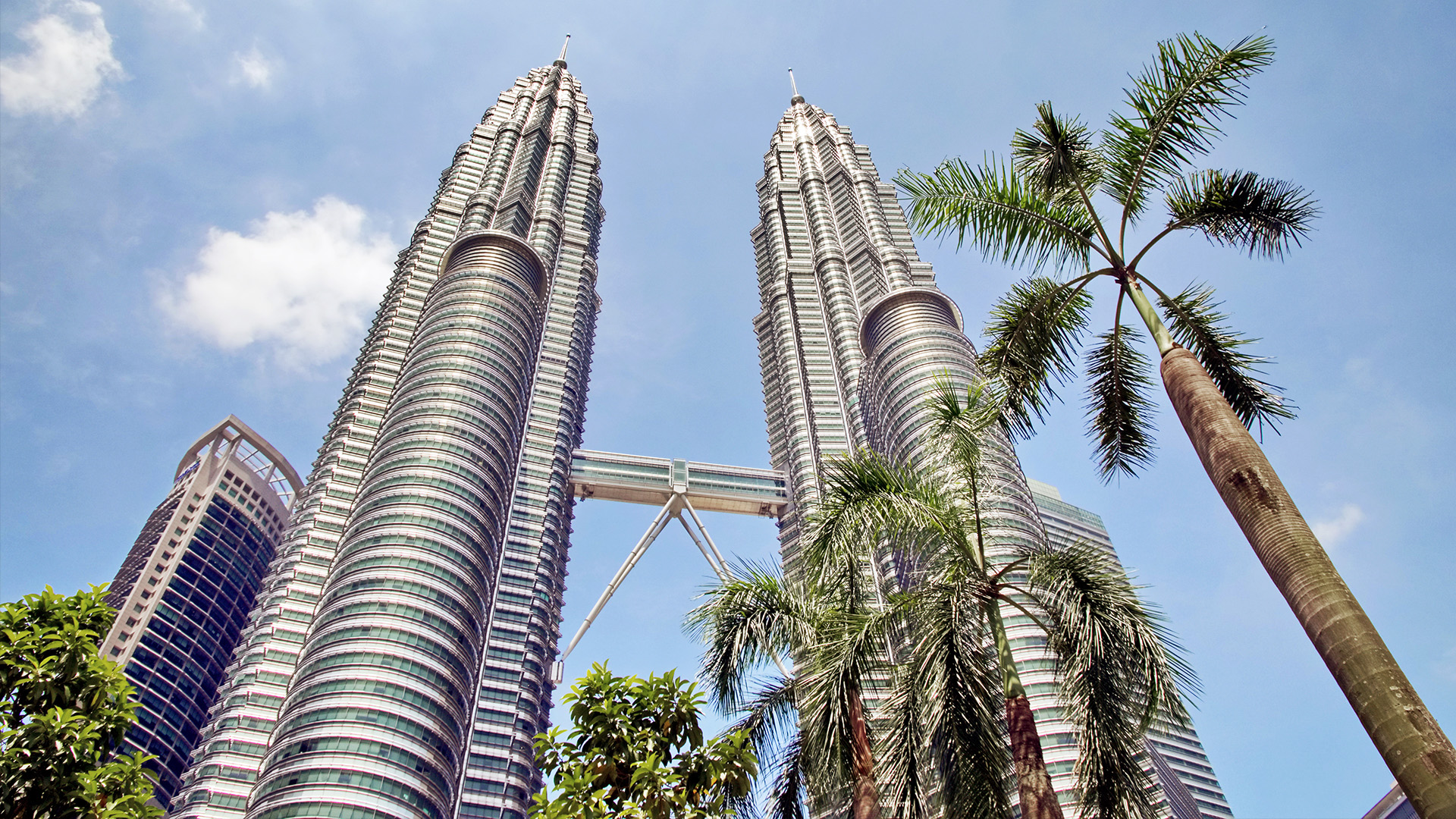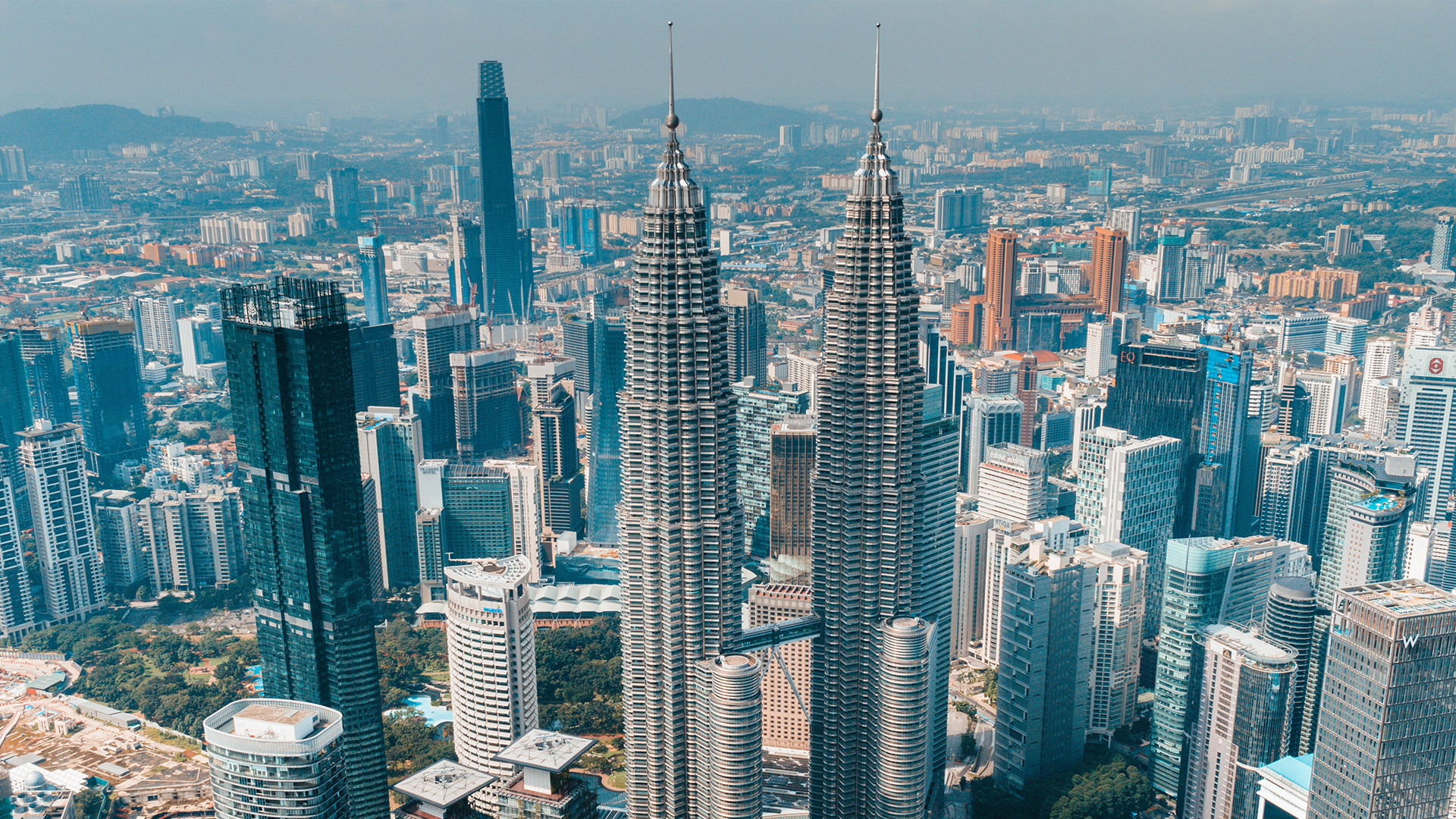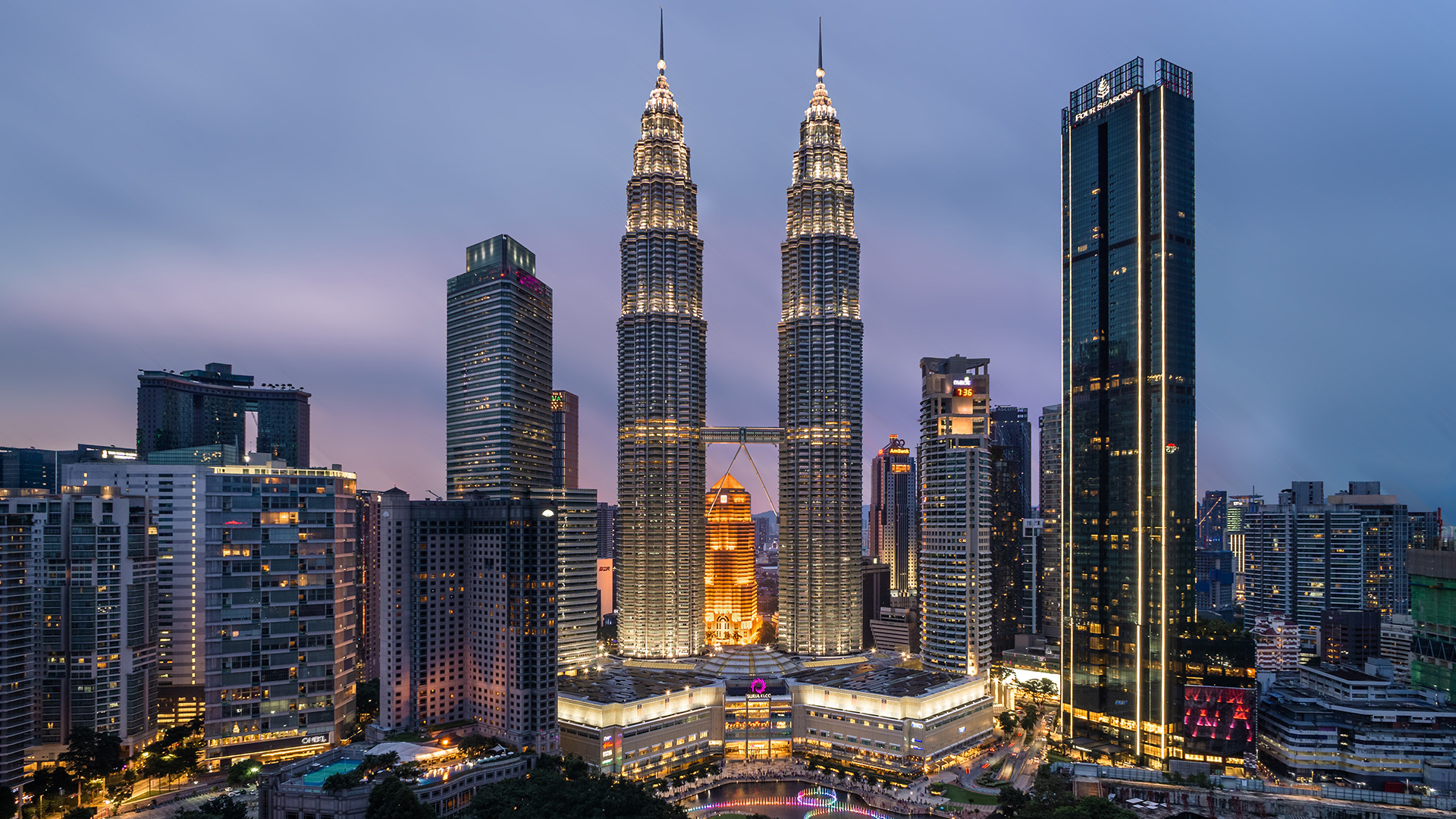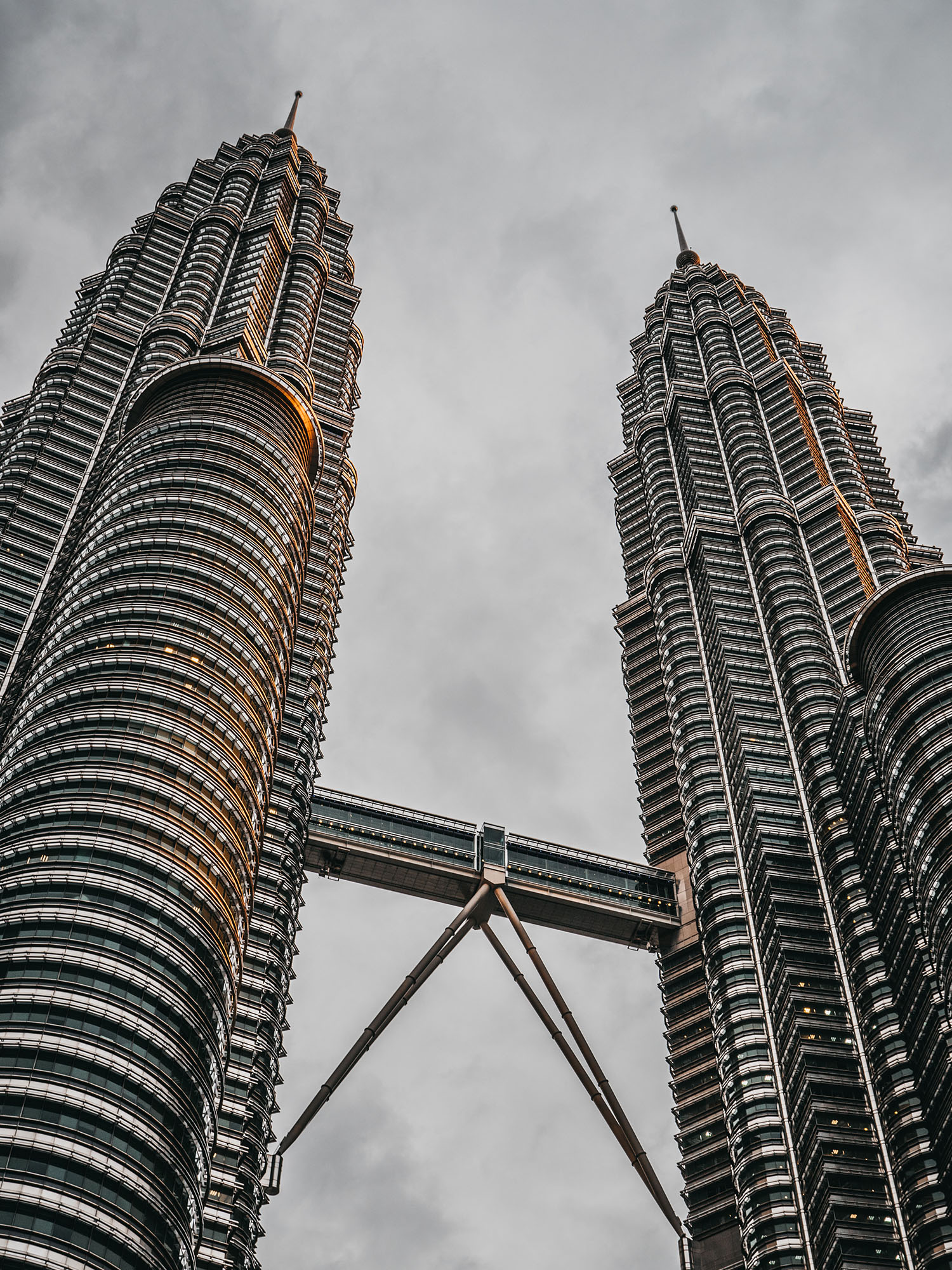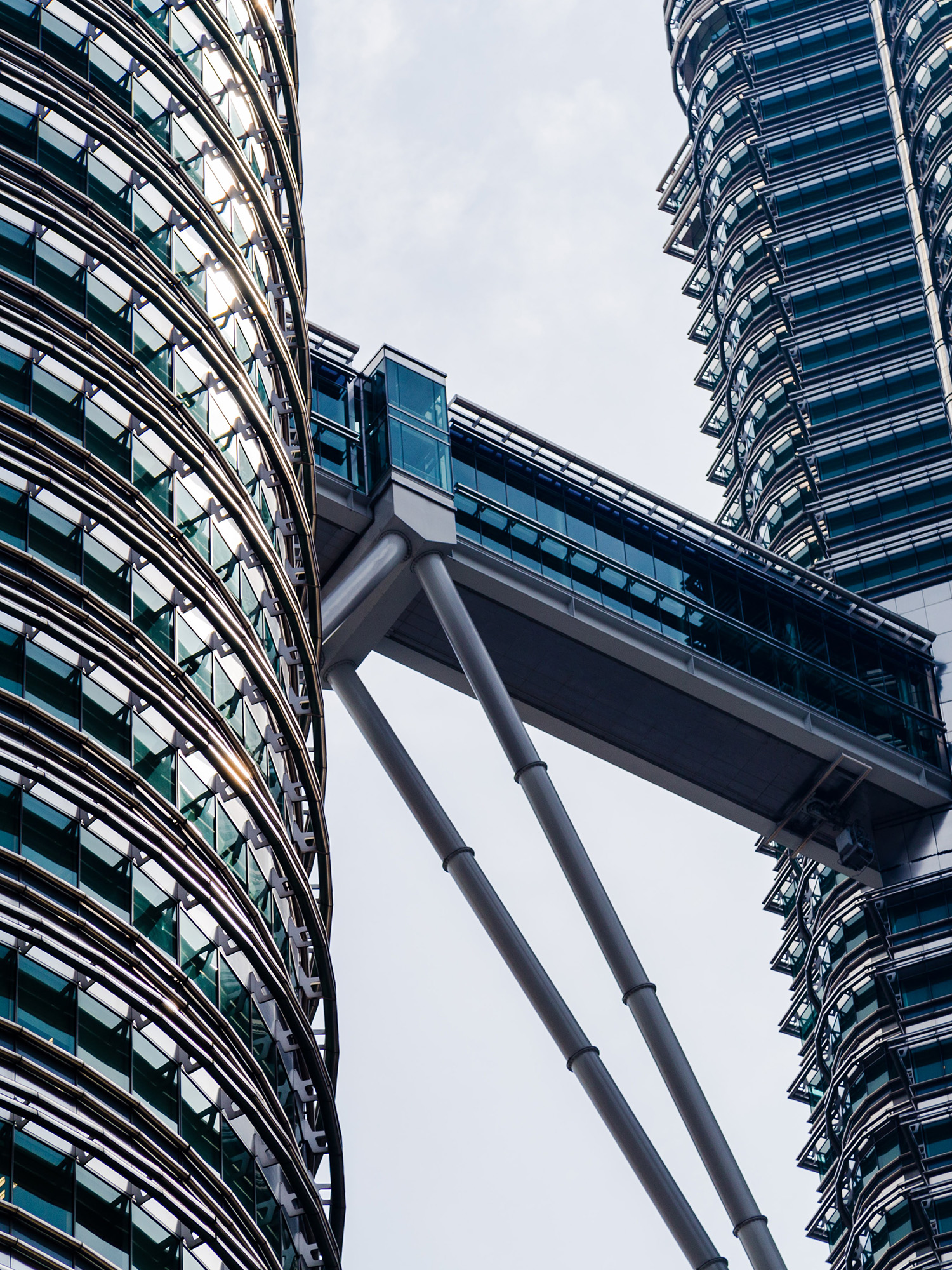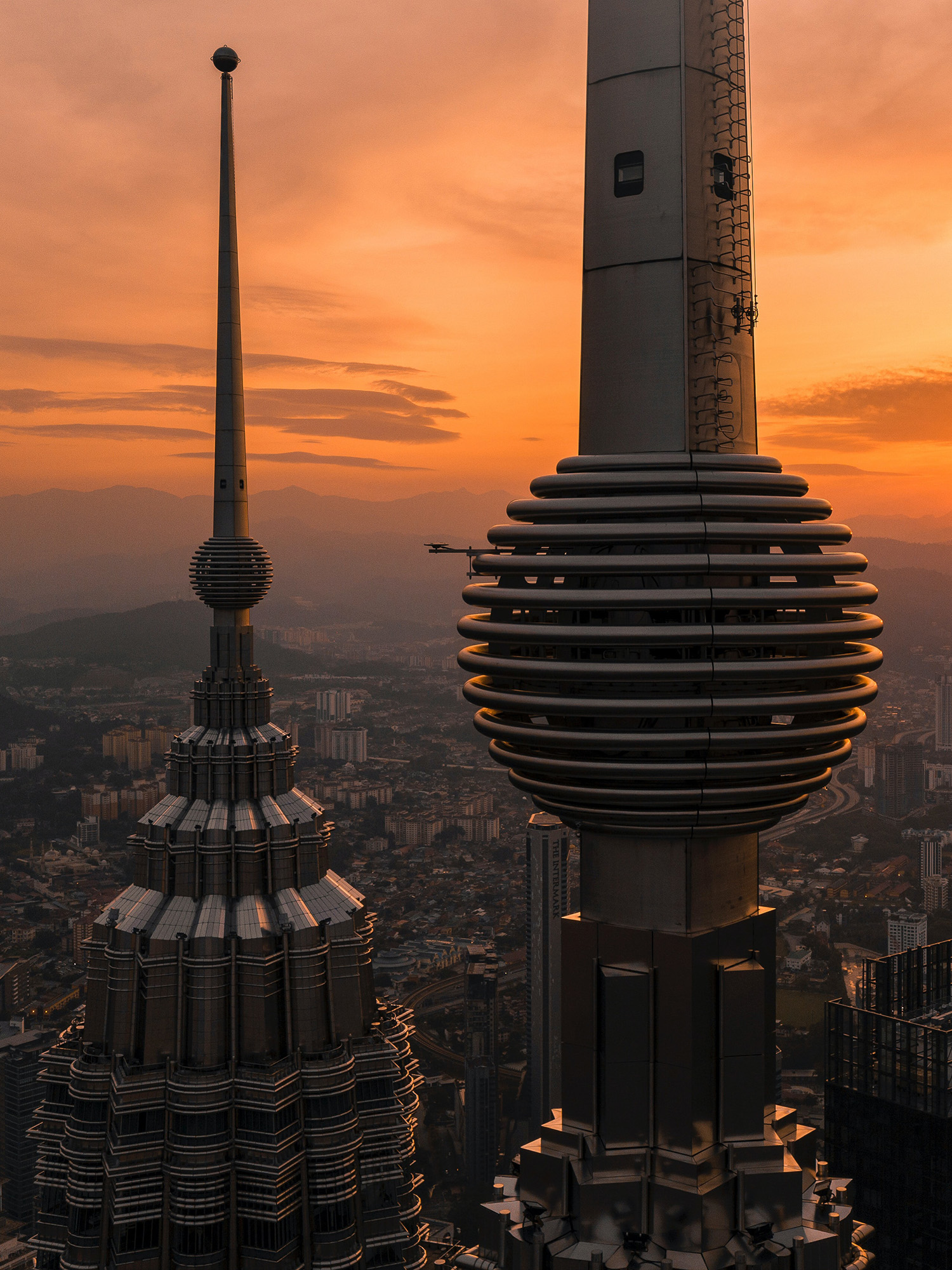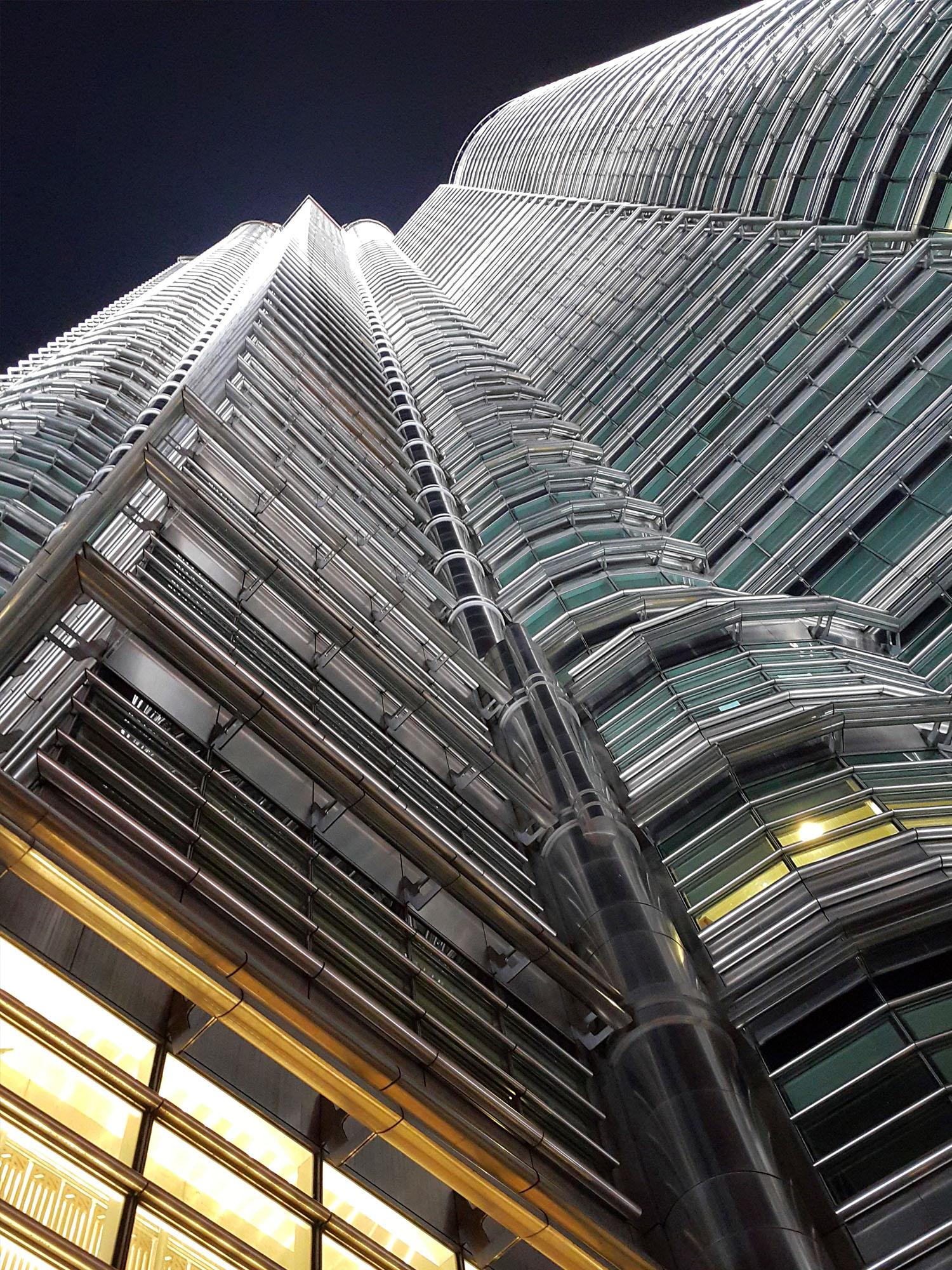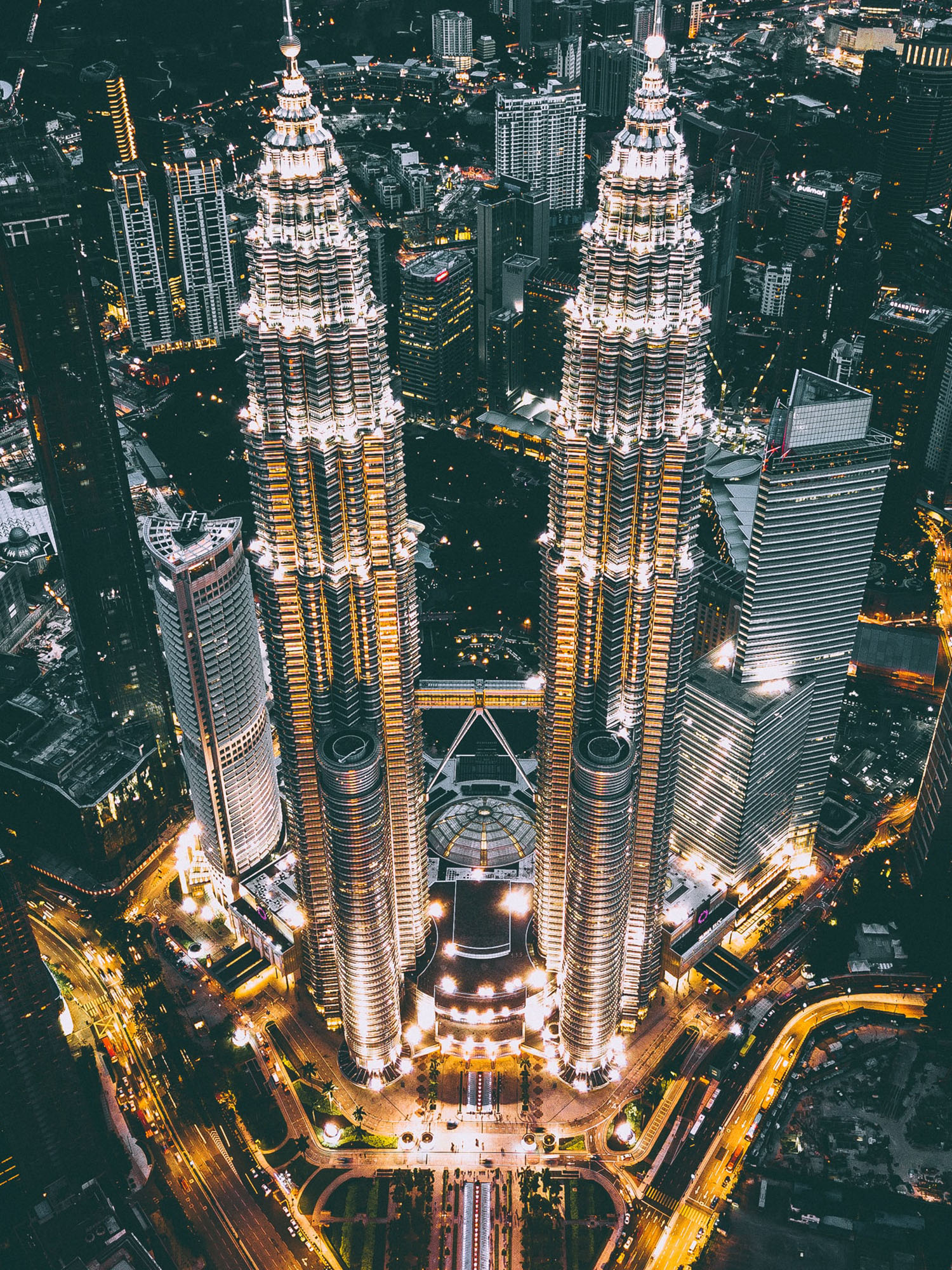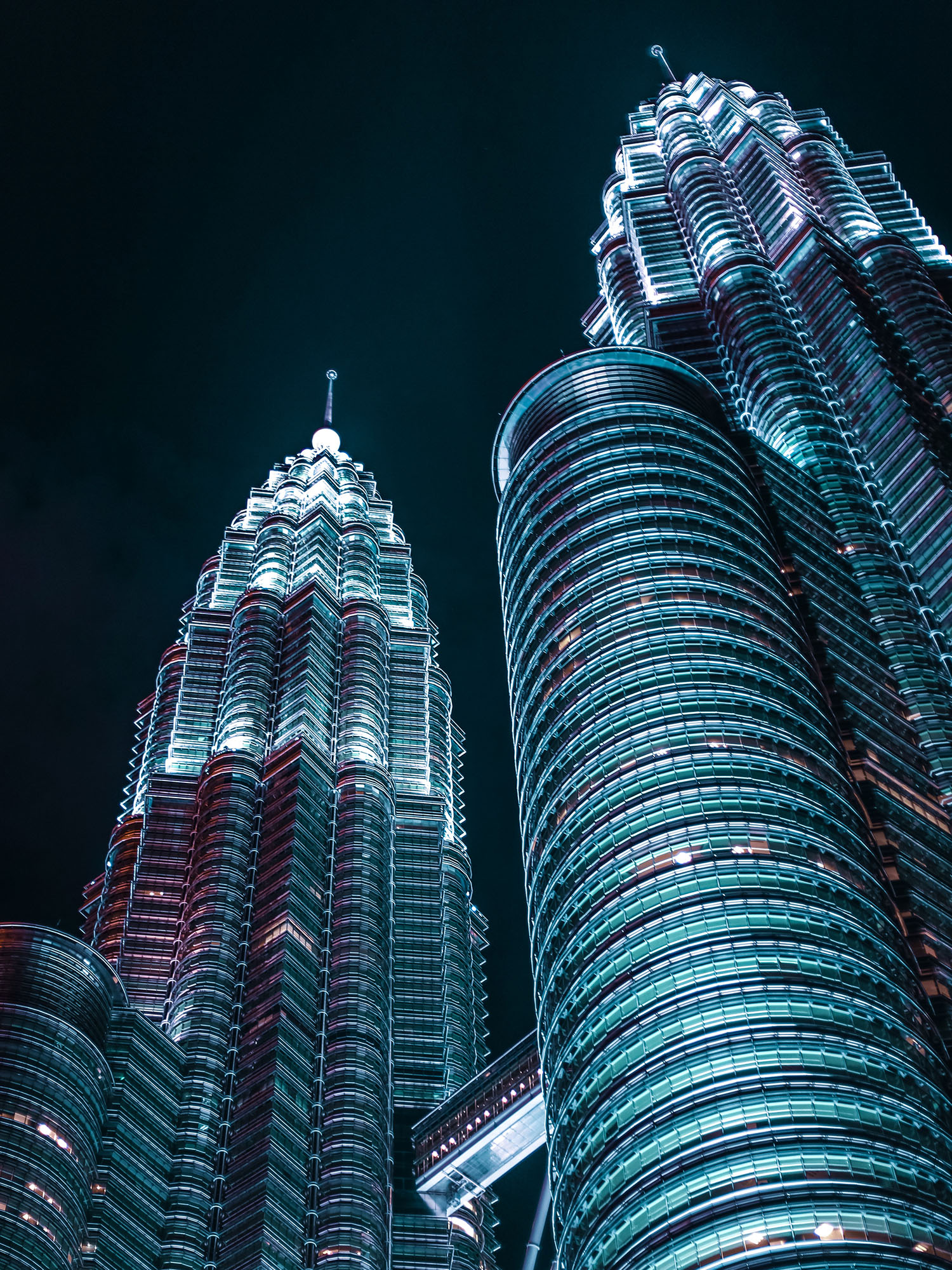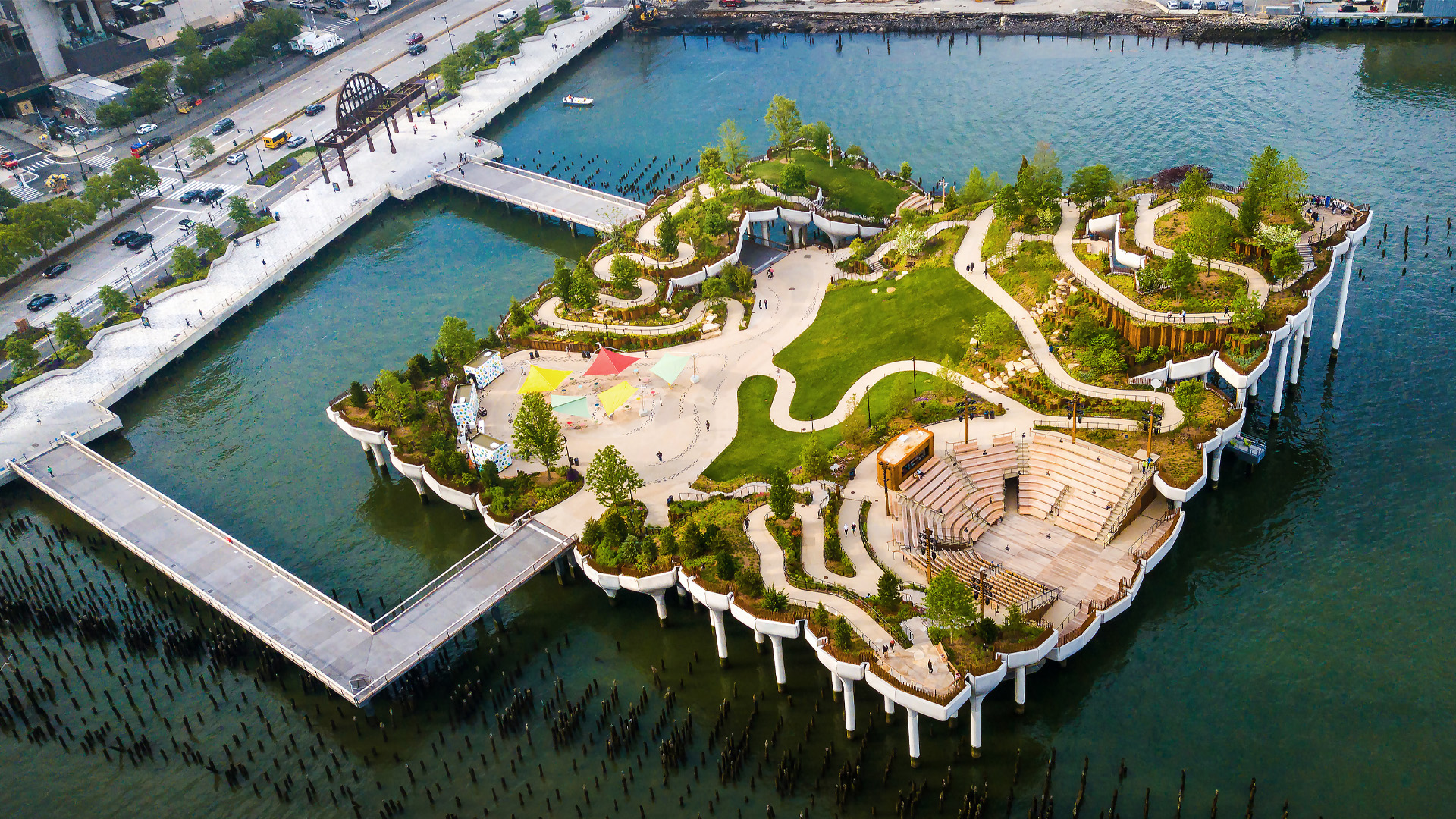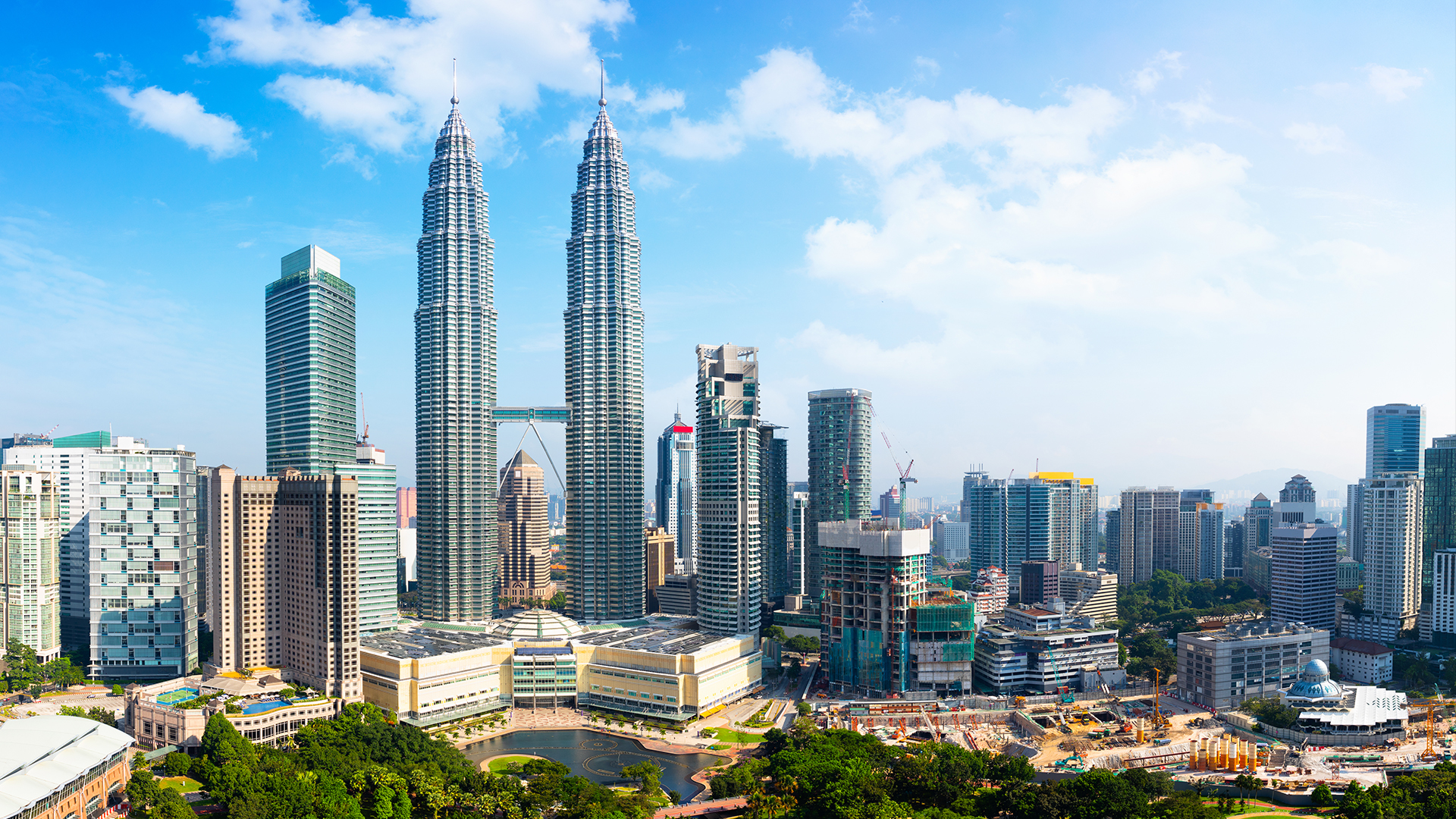
“A portal to the sky, a door to the infinite.” The poetic words are architect César Pelli describing the sliding bridge fitted to floors 41 and 42 of his iconic Kuala Lumpur creation, the Petronas Towers. The power of the void, he said, is made more explicit by the pedestrian bridge with its supporting structures.
The man who created one of the world’s most famous buildings, is allowed some embellishing language given the 88-storey towers are the symbol of a country and its aim to reinvent itself.
The idea for the towers was sparked by the former prime minister, Dr Mahathir bin Mohammad, who had a vision to industrialise the nation by 2020. He wanted to make manufacturing and construction the driving forces of the country’s economy.
Planning began in January 1992, and it was led by Pelli along with Deejay Cerico, JC Guinto and Dominic Saibo, with the new development to be built on the former site of the original Selangor Turf Club. The Malaysian government had stipulated the towers be completed in six years, which they duly were. By June 1996, the steel and glass Petronas Twin Towers was finally completed.
The name Petronas itself is short for ‘Petroliam Nasional’, after the Petroliam Nasional Company, the Malaysian national petroleum company that owns the towers, and fully occupies Tower One where it has its headquarters.
Tower Two is a collection of international companies, including Microsoft, Huawei Technologies, IBM, Bloomberg, and Reuters. On the 86th floor of Tower Two is an observation deck allowing the visitor to look out over Malaysia’s capital city.
Starting a tall tower trend
While once it was one of only a handful of tall structures, since being built, the Kuala Lumpur skyline has become crowded, particularly to the south and east of the KLCC Park. But, says Jeremy Farrington, principal at architecture firm BDP, the Petronas Towers still stand up well to current design and quality sensibilities.
Farrington cites “the geometric contemporary interpretation of Islamic shapes and forms, along with the stainless steel and glazed façade panelling that look and feel as relevant today as they did when the building first opened.”
Although, he adds: “The retail and mixed-use components at the towers’ podium could benefit from some re-imagination and renewal to meet the different demands of today’s commercial retail spaces – but the same can be said of most late ‘90s retail spaces.”
KLCC Park, next to the Twin Towers, is part of the Towers’ green credentials, which include GBI (Green Building Index) accreditation. Designed to conserve some of the green open space, it is flooded with mature rare flora specimens, while its highlight is the man-made Lake Symphony.
Following the building’s opening and through periods of rapid economic growth and urbanisation, Kuala Lumpur has transformed both physically and in terms of its perception on the global stage, says Farrington.
“A portal to the sky, a door to the infinite” César Pelli, architect
“Malaysians stand proud next to this iconic building as it represents the future of the country” Foo Gee Jen, CBRE
Rival tower
“At a time when there is a lot of talk about a ‘reset culture’ and change of direction following the pandemic, it will be interesting to see how the legacy and meaning of the city’s current icon may change. Especially as the new Merdeka 118 tower opens in Kuala Lumpur later this year and could have the same impact that Petronas did nearly 25 years ago,” says Farrington.
Despite the new kid on the block, the passion and loyalty to the Petronas Towers is embedded in the city’s inhabitants: “Malaysians stand proud next to this iconic building as it not only represents the future of the country but its location in the prime region of the city hub is a testament to the cultural diversity that is Malaysia and the possibilities waiting to be unleashed,” says Foo Gee Jen, managing director of CBRE.
He adds: “Those who have worked tirelessly to make Petronas Twin Towers what is it today, persevered with determination, confidence, optimism, focus and tenacity. The legacy of this landmark will endure for generations to come as tourists from all over the world continue to be in awe of this masterpiece. Its legacy is evident across the whole city.”

